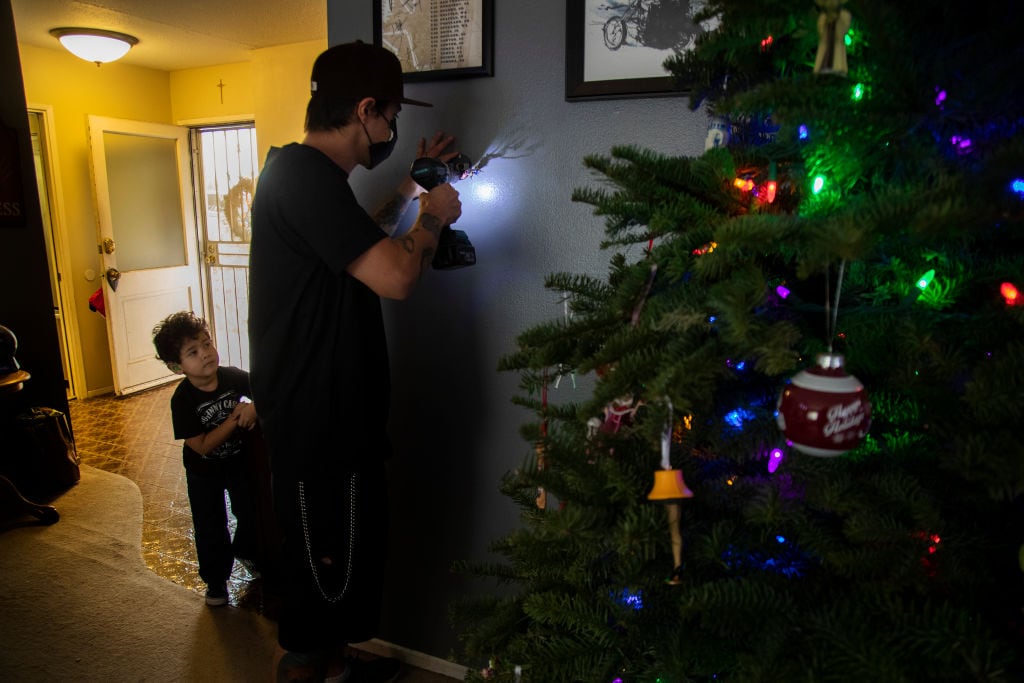On August 14 and 15, 2020, during a brief lull in the COVID-19 pandemic, a second crisis wracked the western United States. A record heat wave forced California's statewide grid operator to implement rolling blackouts for the first time in nearly 20 years.
Gov. Gavin Newsom then quickly called for an investigation into what happened. The official report, released earlier this year, showed that the grid's inability to handle the heat wave stemmed from changing weather conditions due to climate change, as well as the state's ongoing efforts to transition away from fossil fuels, which made the grid more fragile.
With another summer beginning in earnest, inland California is already setting records for soaring temperatures. The California Independent System Operator (CAISO) said last month that it's in better shape than last year but remains vulnerable to stress during extreme heat waves.
While most solutions have focused on building out capacity on the supply side, one Oakland-based company is offering a demand-side solution that could end up playing a crucial role in helping the state avoid rolling blackouts this summer.
OhmConnect, which has a presence in California, Australia, and most recently Texas, is working closely with state and local leaders to help cut demand when the grid is overextended.
What the company does on a regular day is pay residential energy users to reduce their electricity consumption when demand is high and the energy mix is especially dirty.
It's worth noting here that a grid is just a big input system with multiple sources of energy feeding into it. At any given time, a state will strive for a particular energy mix based on its climate goals and commitment to sustainability. But when the balance of supply and demand is disrupted, grids will tap into the spot market, which is often worse for the environment.
"Instead of producing clean energy, we reduce the need for dirty energy," said Cisco DeVries, CEO of OhmConnect and former aide to the U.S. Secretary of Energy. "We network hundreds of thousands of residential homes together, and then get those homes to reduce their energy use at key times of the day when the electrical grid is dirty and expensive."
DeVries said this capability can be mobilized when the grid is being severely strained, and could help reduce the possibility of a repeat of last year's blackouts.

Customer Savers
The company has two basic methods for cutting energy. One is remotely shutting off or calibrating select appliances and devices. Customers give the company permission to control these devices, so it can then tap into them automatically using smart plugs.
"We control tens of thousands of thermostats, car chargers, refrigerators," DeVries said. "You name it, we probably control at least some number of them."
The idea is that customers are willing to limit their electricity consumption on select appliances, in exchange for an incentive, while in the process helping avoid a full blackout on their grid.
This method is helpful for quickly responding to a spike in demand. If the grid operator reaches out to OhmConnect saying it needs reductions in a particular area, it can react in 15 minutes.
DeVries said that's exactly what it did last August
"During that emergency period, we dispatched our customers to reduce their energy use by a total of a gigawatt hour," he said. "That's like 650,000 homes going offline for an hour."
With a bit more warning, say a day or so, the company can employ its second method, which is to reach out to customers via text or email asking them to manually reduce their consumption.
"You don't need to sit in the dark. Leave your lights on. But maybe put off doing your laundry, put off using your dishwasher," he said. "If you do that, we'll pay you."
He added that OhmConnect has tried to gamify the experience by offering gift cards, prizes, and cash to customers that save more.
Cash Incentives
With 160,000 customers in California, the company only has so much power to swing the grid one way or the other. That's why it's partnering with multiple city mayors in the state to extend its base. To start, OhmConnect is offering 25,000 free smart thermostats to local households in each city that chooses to participate.
Whichever city has the highest energy savings will also get a $50,000 educational scholarship.
DeVries said the company's outreach into cities is really emphasizing the financial benefits. In 2020, he added, the company paid out $4 million to customers. The average customer earns between $100 and $300 per year, according to OhmConnect.
Mayors are taking a similar tack in advocating for the smart thermostat program.
"Every summer, Fresno residents get hit with high temperatures and high energy bills," Fresno Mayor Jerry Dyer said in a statement. "By installing smart thermostats and joining OhmConnect, Fresno residents can actually get paid to save energy. Let's do our part to prevent blackouts — and get paid for doing it."



